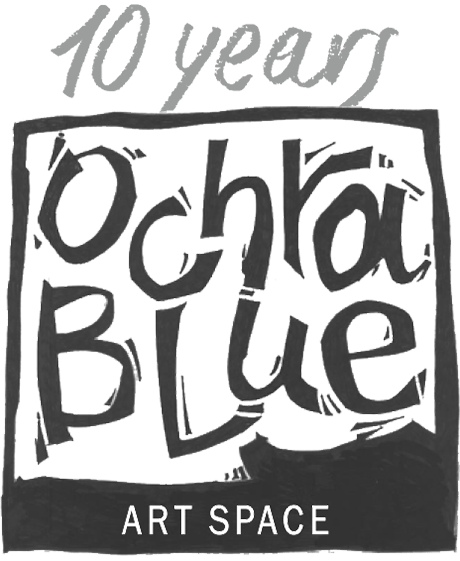In the ancient Greek world, wine was associated with gods and heroes, firmly rooted in the collective conscience of people. Testaments to wine’s influence on the religion, mythology and everyday life of people can be found everywhere, from Minoan Crete, the Homeric Odysseus or the heroes of the Mycenaean world, to Euripides’ Cyclops, Athenaeus of Naucratis’ The Deipnosophistae, Plato’s Symposium, the lyrical poems of Alcaeus or in the myths of Aesop. Dionysus, the offspring of the “sacred union” between Zeus and Semele, a union of heaven and earth, was the God of wine, the one who gave humans the gift of wine, which then became ingrained in every aspect of their lives. Wine is a centuries-old symbol and divine gift, that spread in the Mediterranean basin, becoming an essential part of the traditions, rituals and worship of its peoples. Wine left its mark on the region, defining the broader movement of goods and ideas, emerging as a timeless, unifying and integral element of Mediterranean cultures. Wine also plays an important role in traditional societies, in Christianity and the sacred mysteries of the Church. In the Gospels, it symbolizes life, joy, Jesus Christ and His blood. The words “wine” [οίνος] and “vine” [άμπελος] are mentioned more than 250 times in the Scripture. From its earliest steps, Christianity embraced wine as a hallowed produce – a perfectly reasonable association, given that Christianity originally flourished in the areas where Greco-Roman culture had thrived. There, wine was not just a staple food, but also intimately connected to the worship of Bacchus.
An exhibition about wine could never be content with being merely descriptive or narrational. Which is why this exhibition has greater ambitions. It aspires, through the diversity of the works presented, to combine in an original, innovative and imaginative manner, a variety of ethnographic, geographic, historical, cultural, religious and daily references into a single yet diverse artistic environment — one that includes paintings, engravings, sculptures, installations and space interventions, all of which serve the same concept. With that in mind, all participating artists created compositions about wine and the culture of wine, presenting their own story and unique version and approach of this theme.
Giannis Bolis Art Historian


